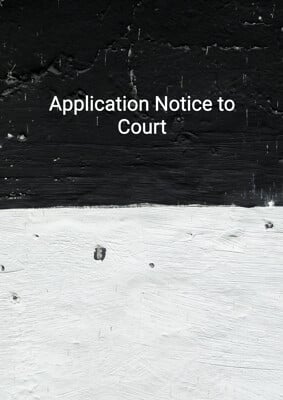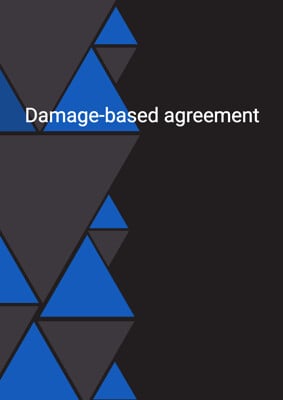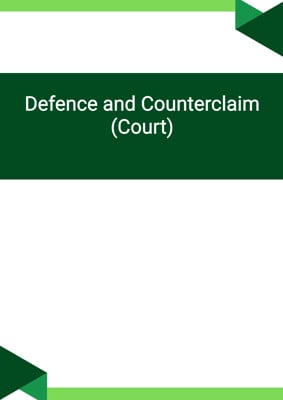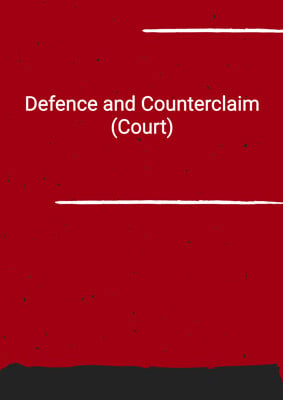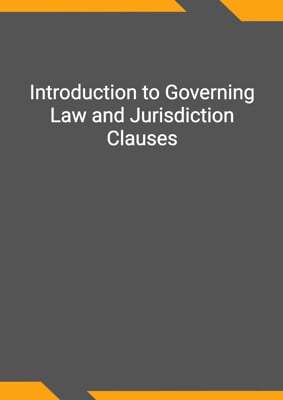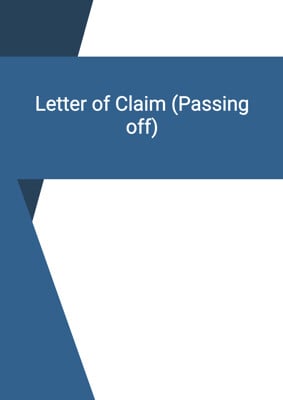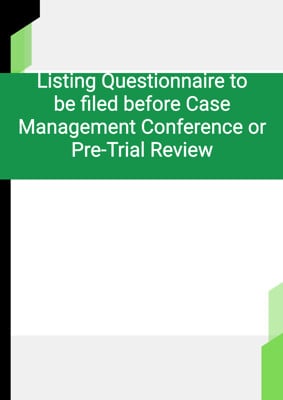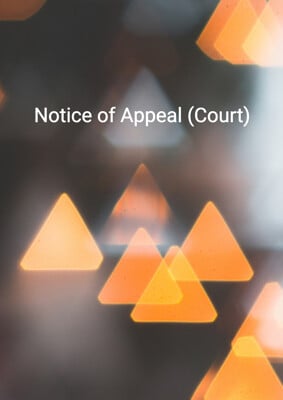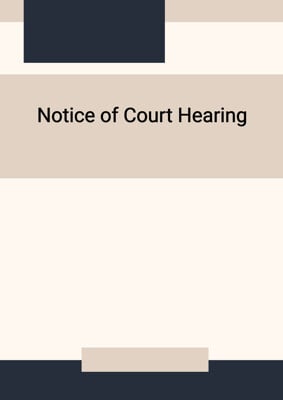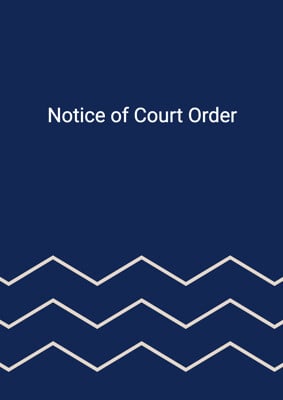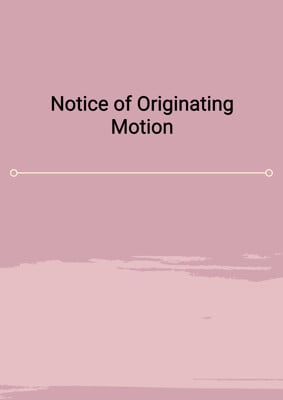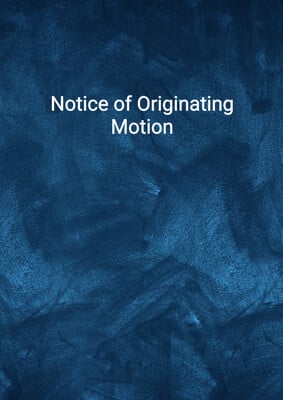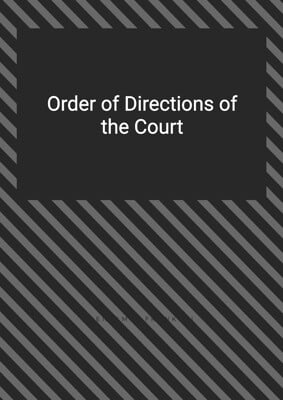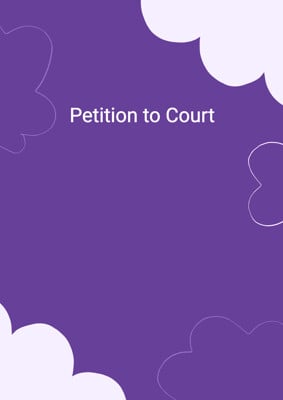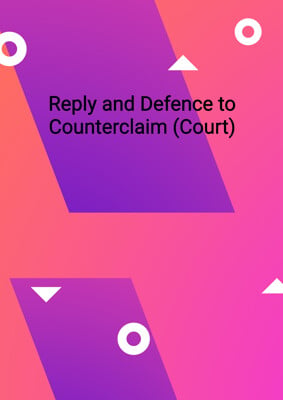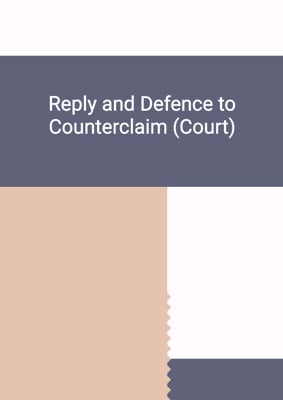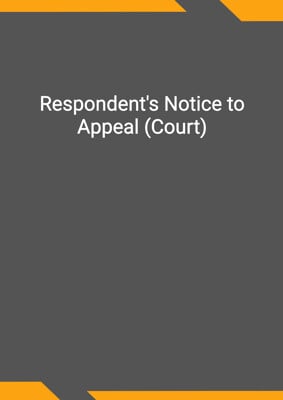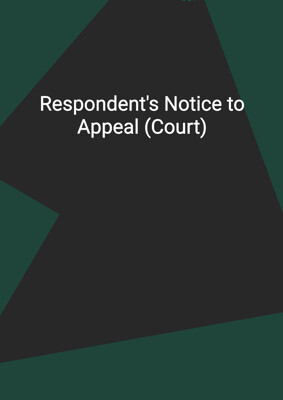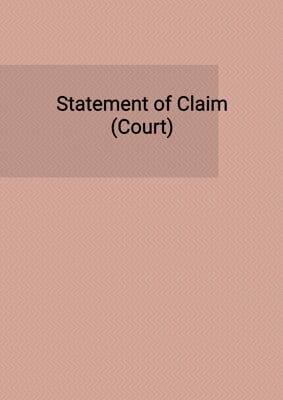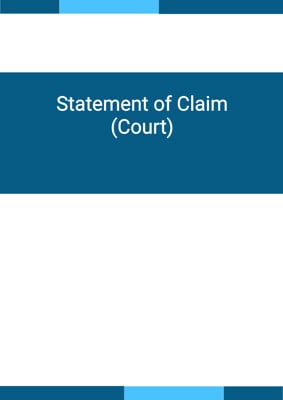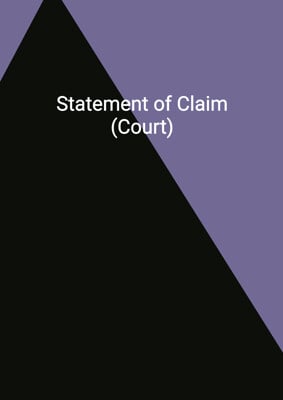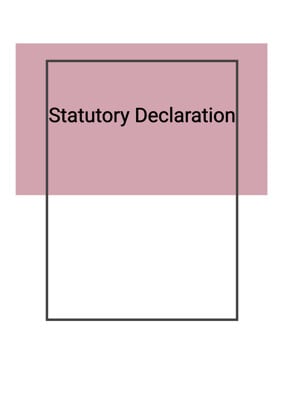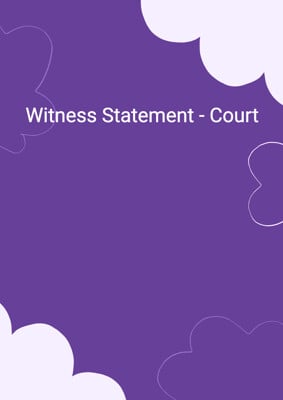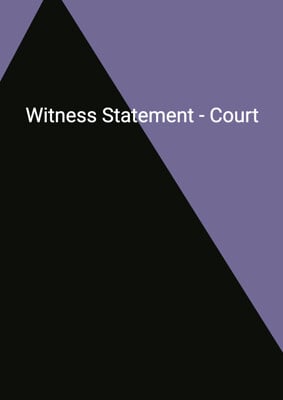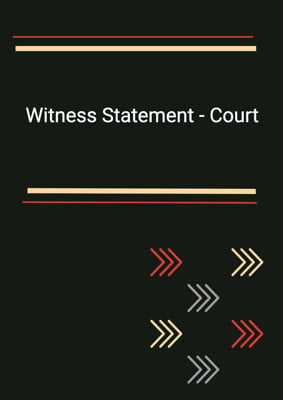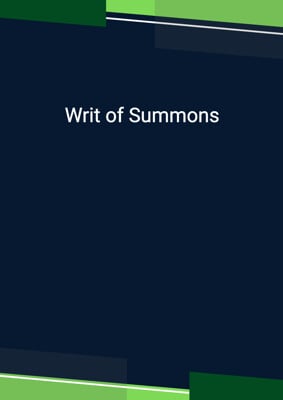How to Tailor the Document for Your Need?
01
Create Document
Click "Create Document" button and the document will be prepared with your account details automatically filled in.
02
Fill Information
Please fill in any additional information by following the step-by-step guide on the left hand side of the preview document and click the "Next" button.
03
Get Document
When you are done, click the "Get Document" button and you can download the document in Word or PDF format.
04
Review Document
Please review the document carefully and make any final modifications to ensure that the details are correct before sending to the addressee.
Document Preview
Document Description
The document titled 'Brief to Counsel' is a comprehensive brief that provides important information and instructions to a counsel regarding a legal matter. The document is divided into several sections, each serving a specific purpose.
1. Documents: This section informs the counsel that they will receive a bundle of documents related to the case. These documents are crucial for the counsel to review and analyze.
2. Observations: In this section, the counsel is instructed on behalf of the client regarding a claim for damages arising from an accident. The purpose of this section is to seek the counsel's advice on the matters revealed in the brief and to obtain answers to specific questions mentioned at the end of the observations.
3. The Client: This section provides background information about the client involved in the case. It may include details about their personal and professional life, relevant circumstances, and any other information that can help the counsel understand the client's situation.
4. The Accident: This section describes the accident that led to the client's claim for damages. It may include details such as the date, location, cause, and any other relevant information about the accident.
5. Personal Injuries: Here, the client's personal injuries resulting from the accident are listed and described. This section aims to provide a clear understanding of the extent and nature of the injuries sustained.
6. Hospitalization and Medical Costs: This section focuses on the client's hospitalization and medical expenses related to the injuries. It may include details about the medical treatments received, costs incurred, and any other relevant information.
7. Loss of Working Time and Earnings: The impact of the accident on the client's ability to work and earn income is discussed in this section. It may include details about the duration of time off work, financial losses suffered, and any other relevant information.
8. Pain and Suffering: This section addresses the client's pain and suffering resulting from the accident and injuries. It aims to convey the emotional and physical toll experienced by the client.
9. Counsel's Advice: The counsel is briefed to provide advice on various matters related to the case. These matters include liability assessment, determination of appropriate damages, guidance on commencing legal proceedings, identification of the correct defendant, and any additional matters or inquiries the counsel may have.
Overall, the 'Brief to Counsel' document serves as a comprehensive guide for the counsel, providing them with all the necessary information and instructions to effectively handle the legal matter at hand.
How to use this document?
1. Review Documents: Carefully review the bundle of documents provided with the brief. These documents contain crucial information and evidence related to the case.
2. Analyze Observations: Analyze the observations section of the brief, which outlines the client's claim for damages and specific questions requiring your advice. Pay close attention to the details revealed in this section.
3. Understand the Client: Familiarize yourself with the background information provided about the client. This will help you gain a better understanding of their circumstances and the context of the case.
4. Assess the Accident: Evaluate the description of the accident provided in the brief. Consider the date, location, cause, and any other relevant details to form a clear picture of the incident.
5. Evaluate Personal Injuries: Examine the list and description of the client's personal injuries resulting from the accident. Understand the nature and extent of the injuries sustained.
6. Review Hospitalization and Medical Costs: Review the section detailing the client's hospitalization and medical expenses. Take note of the treatments received, costs incurred, and any other relevant information.
7. Consider Loss of Working Time and Earnings: Take into account the impact of the accident on the client's ability to work and earn income. Assess the duration of time off work and the financial losses suffered.
8. Address Pain and Suffering: Acknowledge the client's pain and suffering resulting from the accident. Understand the emotional and physical toll experienced by the client.
9. Provide Advice: Based on your assessment, provide advice on liability, appropriate damages, commencing legal proceedings, identification of the correct defendant, and any additional matters or inquiries you may have. Ensure your advice is well-reasoned and supported by legal principles.
Note: This guidance is intended to assist you in effectively utilizing the 'Brief to Counsel' document. It is important to consider the specific details of the case and apply your legal expertise accordingly.
Not the right document?
Don’t worry, we have thousands of documents for you to choose from:

